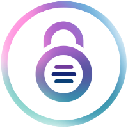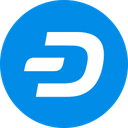-
 bitcoin
bitcoin $107015.826941 USD
-2.18% -
 ethereum
ethereum $3637.352324 USD
-5.18% -
 tether
tether $0.999831 USD
-0.02% -
 xrp
xrp $2.338078 USD
-6.23% -
 bnb
bnb $998.272150 USD
-6.97% -
 solana
solana $167.598257 USD
-10.12% -
 usd-coin
usd-coin $0.999863 USD
0.01% -
 tron
tron $0.282573 USD
-5.09% -
 dogecoin
dogecoin $0.169891 USD
-7.39% -
 cardano
cardano $0.557554 USD
-7.03% -
 hyperliquid
hyperliquid $39.914802 USD
-5.85% -
 chainlink
chainlink $15.414549 USD
-9.97% -
 bitcoin-cash
bitcoin-cash $510.361911 USD
-4.26% -
 ethena-usde
ethena-usde $0.999194 USD
-0.03% -
 stellar
stellar $0.282092 USD
-6.07%
how to sign up blockchain
To navigate the decentralized world of blockchain, selecting a suitable platform, understanding wallet functionality, securing private keys, and comprehending the role of cryptocurrency are essential considerations.
Oct 18, 2024 at 10:29 am

A Comprehensive Guide to Blockchain Registration
1. Understanding Blockchain Technology
Blockchain is a decentralized, distributed ledger technology that underpins various cryptocurrencies and decentralized applications (dApps). It offers security, transparency, and immutability.
2. Choosing a Blockchain Platform
Determine the blockchain platform that aligns with your needs, such as Bitcoin, Ethereum, or other specialized blockchains designed for specific use cases.
3. Selecting a Blockchain Wallet
A blockchain wallet is a software or hardware device that securely stores private keys used to interact with blockchain networks. Choose a wallet that supports the blockchain platform you selected.
4. Creating an Account on a Blockchain Explorer
Blockchain explorers are online platforms that allow you to view transaction history, block data, and other information on a blockchain network. Create an account on an explorer for your chosen blockchain.
5. Acquiring Cryptocurrency (Optional)
If you plan to participate in blockchain transactions or interact with dApps, you will need to acquire cryptocurrency. Consider using exchanges such as Coinbase or Binance to purchase it.
6. Generating a Private Key
Generate a unique private key for your blockchain account using a random number generator or a hardware wallet. This key grants access to your funds and account.
7. Backing Up Your Private Key
Store a backup of your private key securely in multiple locations. Avoid keeping it online or in a cloud service, as it could be compromised by cyberattacks.
8. Funding Your Blockchain Account (Optional)
Transfer cryptocurrency from an exchange or another wallet to your blockchain account. Use the blockchain network's address to receive funds.
9. Interacting with Blockchain DApps (Optional)
Connect your blockchain account to decentralized applications that leverage blockchain technology. Interact with dApps and access services such as decentralized finance (DeFi), gaming, and social media.
Disclaimer:info@kdj.com
The information provided is not trading advice. kdj.com does not assume any responsibility for any investments made based on the information provided in this article. Cryptocurrencies are highly volatile and it is highly recommended that you invest with caution after thorough research!
If you believe that the content used on this website infringes your copyright, please contact us immediately (info@kdj.com) and we will delete it promptly.
- ZKsync Tokenomics: Utility Shift or Just Another Altcoin Bounce?
- 2025-11-05 00:40:13
- BTC, UK, Treasury Plan: Smarter Web's Bold Bitcoin Bet
- 2025-11-05 01:00:17
- Blockchain Gaming: Digital Assets Unlock New Value and Combat Bots
- 2025-11-05 01:10:02
- AMP Crypto's Wild Ride: Noomez Migration & Price Drops - What's the Deal?
- 2025-11-05 00:50:02
- XRP, BlockDAG, and Presales: Decoding the Hottest Crypto Trends
- 2025-11-04 22:50:12
- Noomez ($NNZ): Can Deflationary Tokenomics Deliver a 100x Moonshot?
- 2025-11-04 23:30:02
Related knowledge

What is a block explorer and how do you use it?
Oct 24,2025 at 12:36am
What Is a Block Explorer?1. A block explorer is a web-based tool that allows users to view and analyze data on a blockchain network in real time. It f...
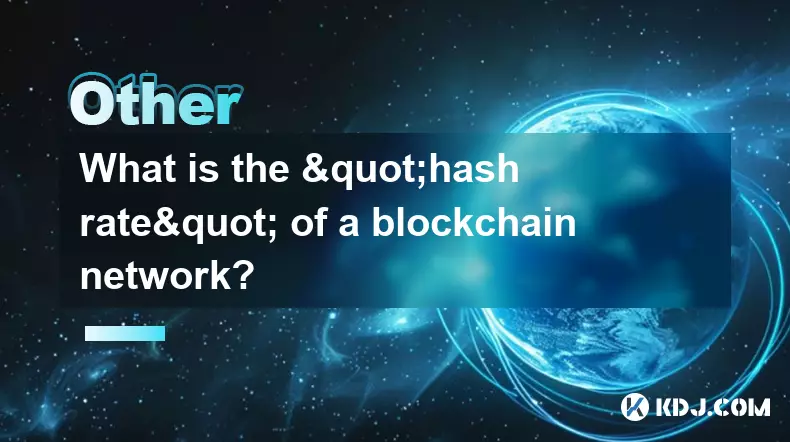
What is the "hash rate" of a blockchain network?
Oct 10,2025 at 03:55pm
Understanding Hash Rate in Blockchain Networks1. The hash rate refers to the total computational power being used to process transactions and mine new...
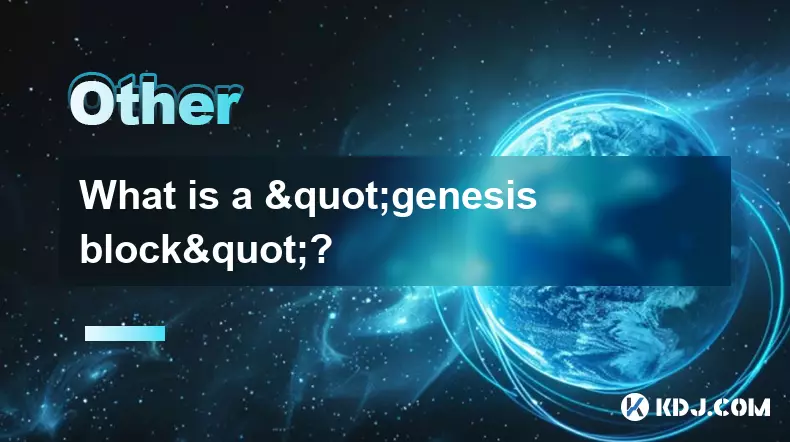
What is a "genesis block"?
Oct 15,2025 at 07:55pm
Understanding the Genesis Block in CryptocurrencyThe genesis block is the very first block in a blockchain network. It serves as the foundation upon w...
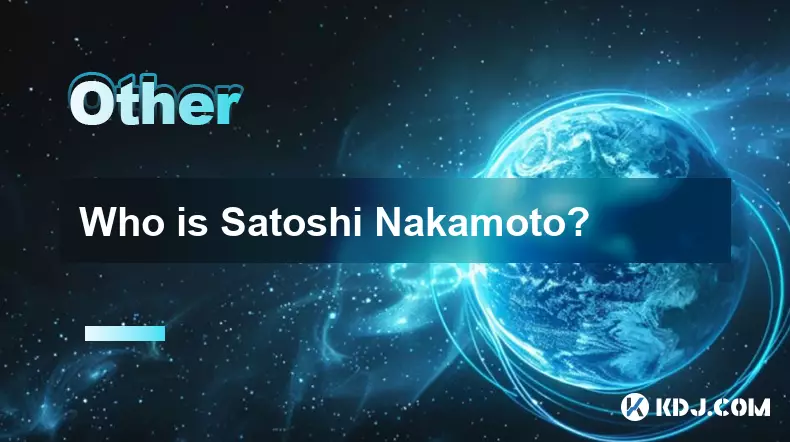
Who is Satoshi Nakamoto?
Oct 15,2025 at 01:01pm
Who is Satoshi Nakamoto?1. Satoshi Nakamoto is the pseudonymous individual or group credited with creating Bitcoin, the first decentralized cryptocurr...
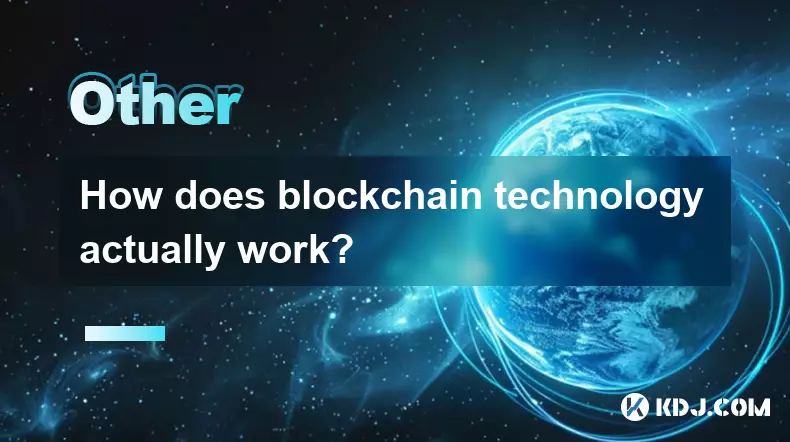
How does blockchain technology actually work?
Oct 11,2025 at 02:36pm
Understanding the Core Mechanism of Blockchain1. At its foundation, blockchain is a decentralized digital ledger that records transactions across mult...

What is a token economy?
Sep 20,2025 at 12:18am
Understanding the Foundations of a Token Economy1. A token economy in the context of cryptocurrency refers to a system where digital tokens are used a...

What is a block explorer and how do you use it?
Oct 24,2025 at 12:36am
What Is a Block Explorer?1. A block explorer is a web-based tool that allows users to view and analyze data on a blockchain network in real time. It f...

What is the "hash rate" of a blockchain network?
Oct 10,2025 at 03:55pm
Understanding Hash Rate in Blockchain Networks1. The hash rate refers to the total computational power being used to process transactions and mine new...

What is a "genesis block"?
Oct 15,2025 at 07:55pm
Understanding the Genesis Block in CryptocurrencyThe genesis block is the very first block in a blockchain network. It serves as the foundation upon w...

Who is Satoshi Nakamoto?
Oct 15,2025 at 01:01pm
Who is Satoshi Nakamoto?1. Satoshi Nakamoto is the pseudonymous individual or group credited with creating Bitcoin, the first decentralized cryptocurr...

How does blockchain technology actually work?
Oct 11,2025 at 02:36pm
Understanding the Core Mechanism of Blockchain1. At its foundation, blockchain is a decentralized digital ledger that records transactions across mult...

What is a token economy?
Sep 20,2025 at 12:18am
Understanding the Foundations of a Token Economy1. A token economy in the context of cryptocurrency refers to a system where digital tokens are used a...
See all articles

















